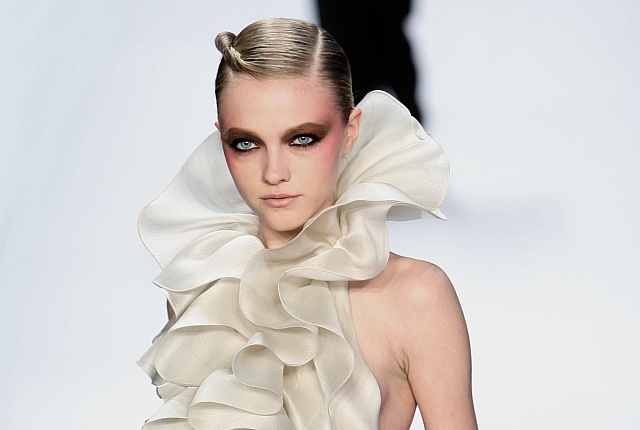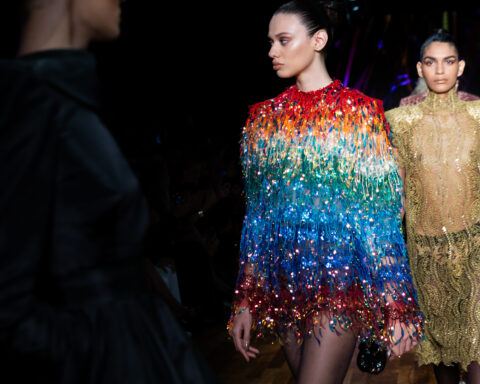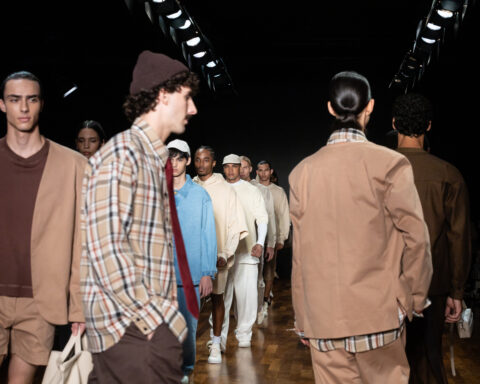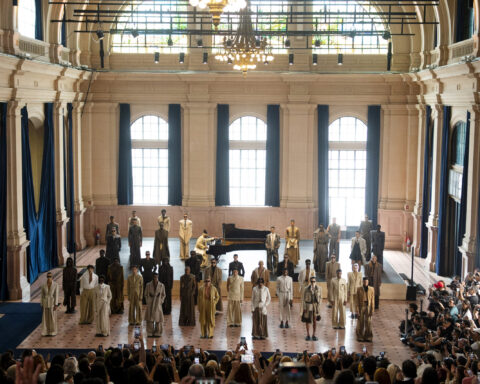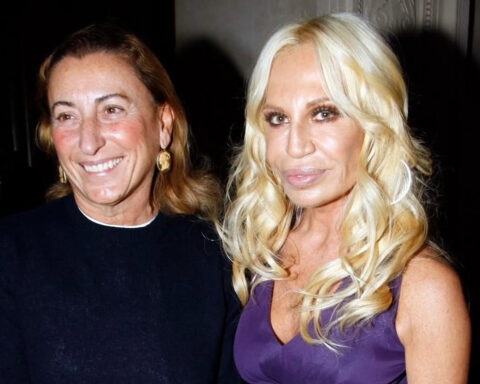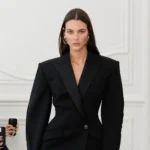’90s and ‘00s Catwalk Nostalgia and the Supermodels’ Decline. High Fashion Runway!
If you haven’t yet come across any edits of Vlada Roslyakova or Yasmeen Ghauri’s thundering catwalk across your timeline on TikTok, Twitter, or Instagram, open your eyes; we’re more catwalk-obsessed than ever. We see different shows all the time, but these particular ones celebrate the legacy of these supermodels. They serve as a throwback to the glory days, with catwalks full of life that illustrated the stories designers wanted to tell through the garments, becoming icons far more popular than the clothes themselves and forever shaping the image of modeling.
This seems to create a divine aura, where we only see these women through photographers’ lenses that revere them, preserving their ethereal quality. They were the universe’s center at a time when fashion was less about an outfit and more about the woman who wore it. Entire magazines were dedicated to them, often featuring them nude, authentically styled, and without makeup, projecting a beauty standard unattainable for those who eat regular meals.
The resulting creation of these memoirs is easy to watch on a loop; after all, that’s the point of an edit. With a booming song like NBSPLV’s “The Last Soul Down” or Pastel Ghost’s “Iris” and perhaps a visual effect, the recipe is set for a striking video. Profiles such as @iconicrunwaymoment, @kateford_, @runwaycollection, and @iconicsupermodels_ are currently masters at awakening this obsession.
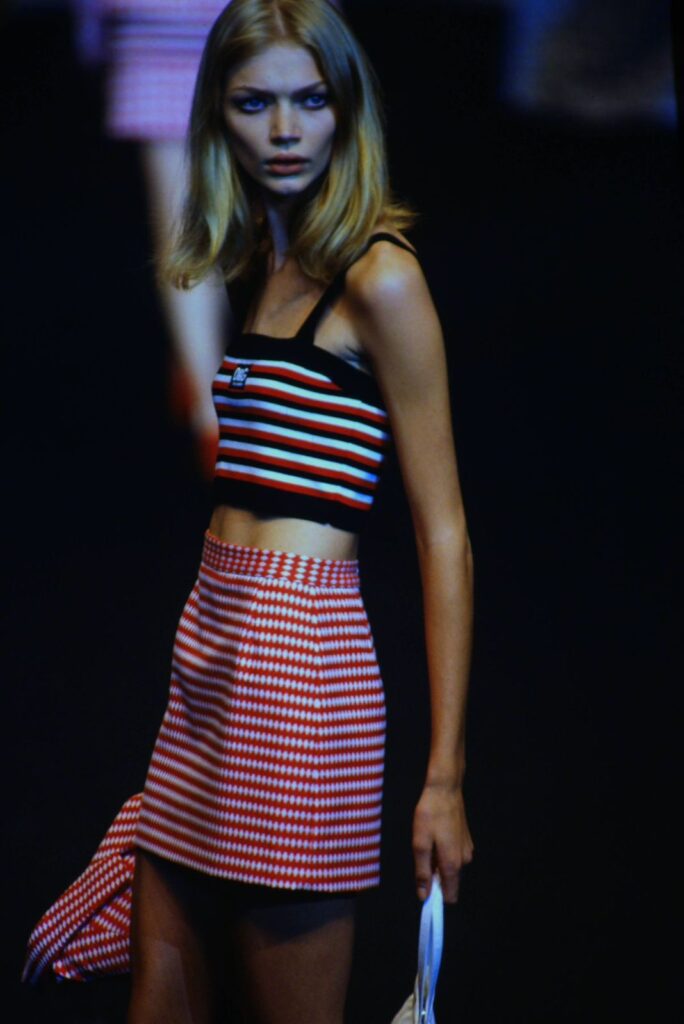

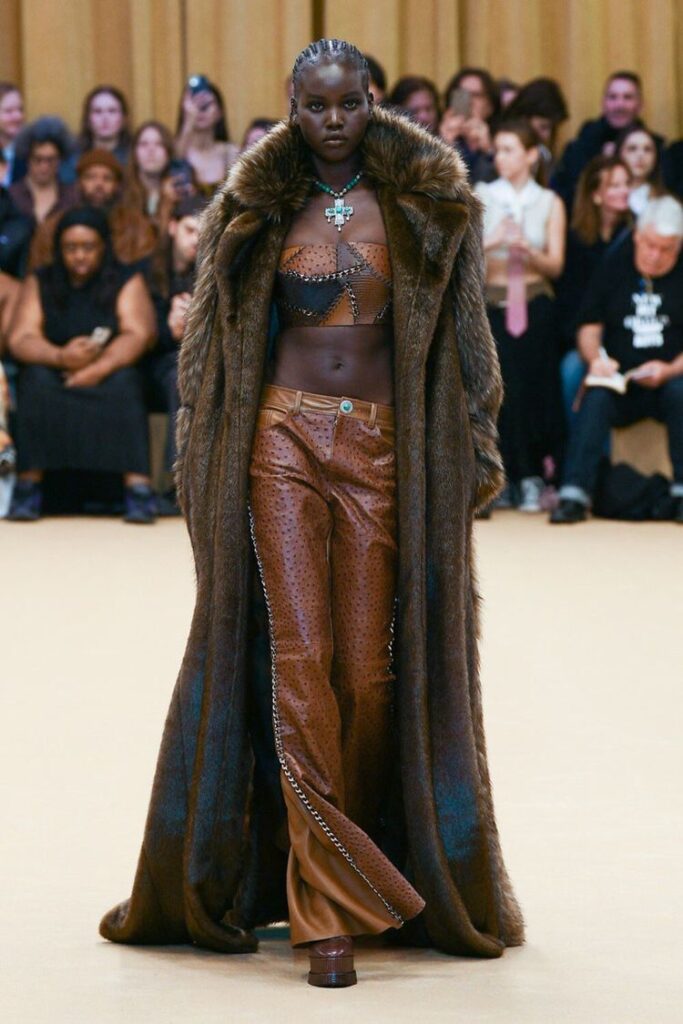
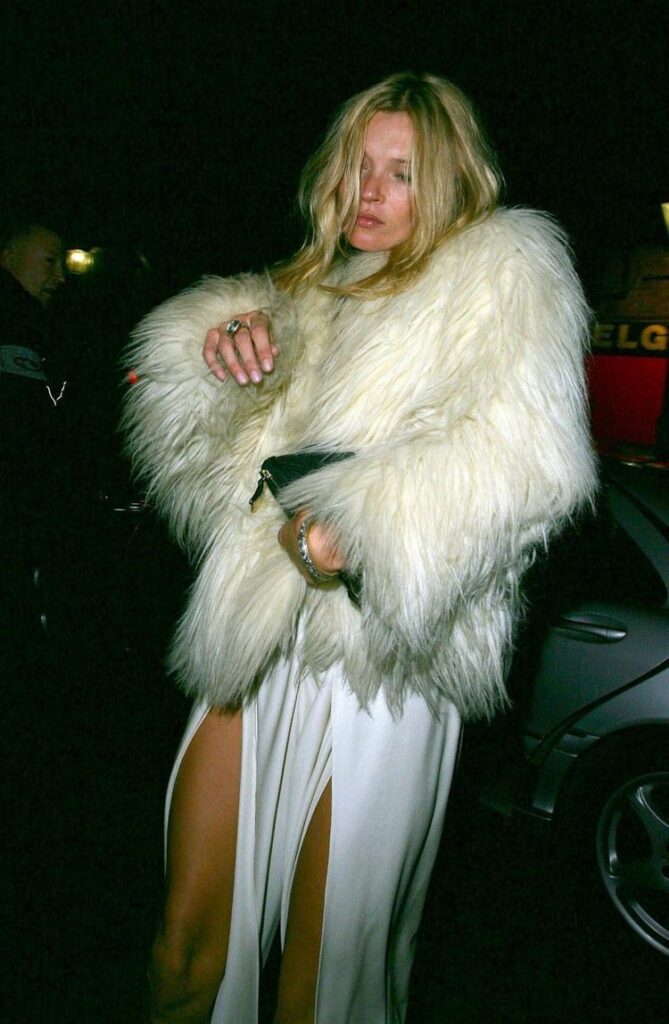
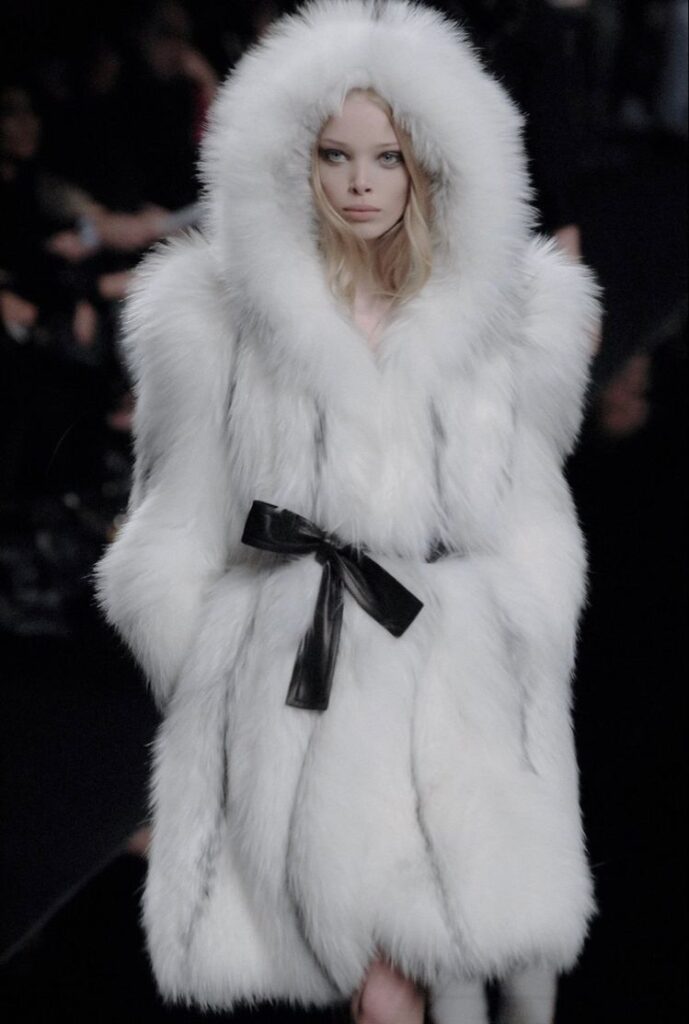
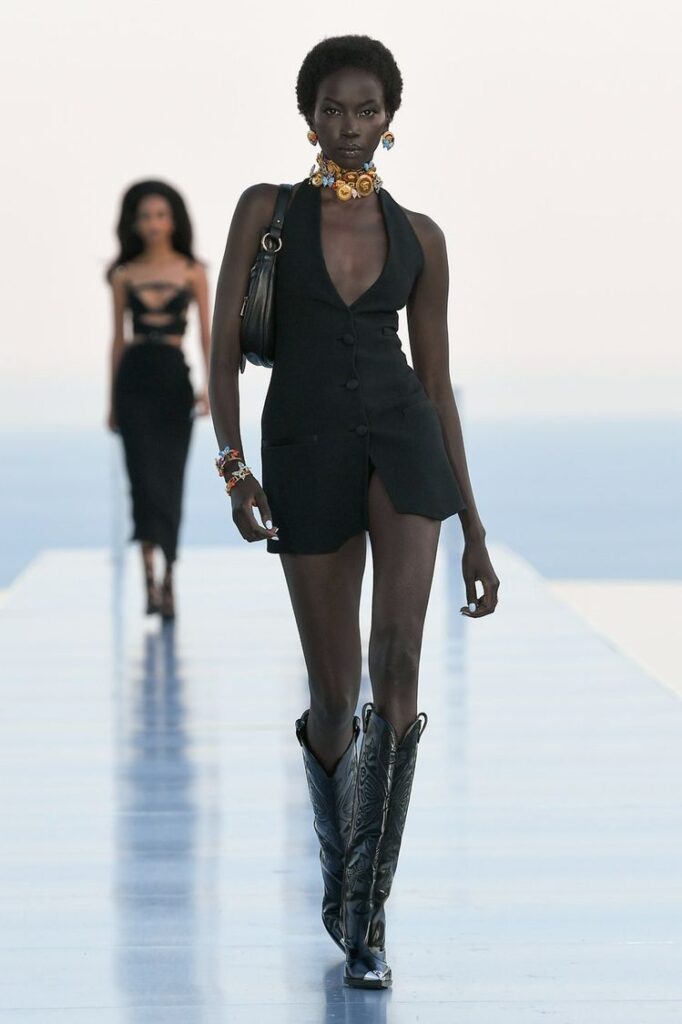
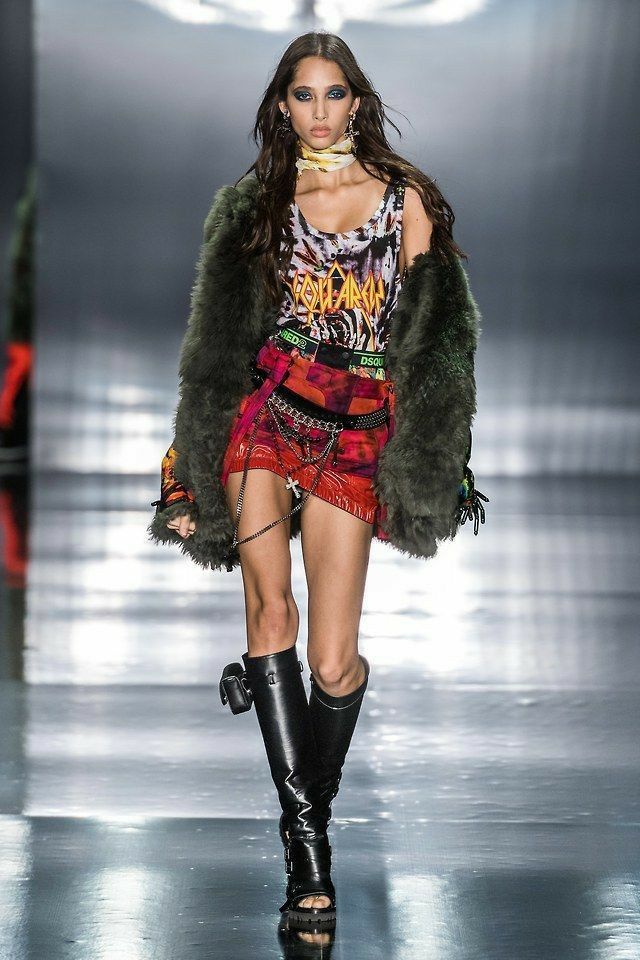
Fans transform their reactions into informal fashion critiques. “Naomi Campbell has power on her catwalk, like a wildcat. Wow,” one person wrote. “The way Vlada’s hair bounces as she parades is everything,” added another. Another commentator stated, “This is the reason why I LOVE ’90s supermodels more than any current model, because of the expressions of these girls!”
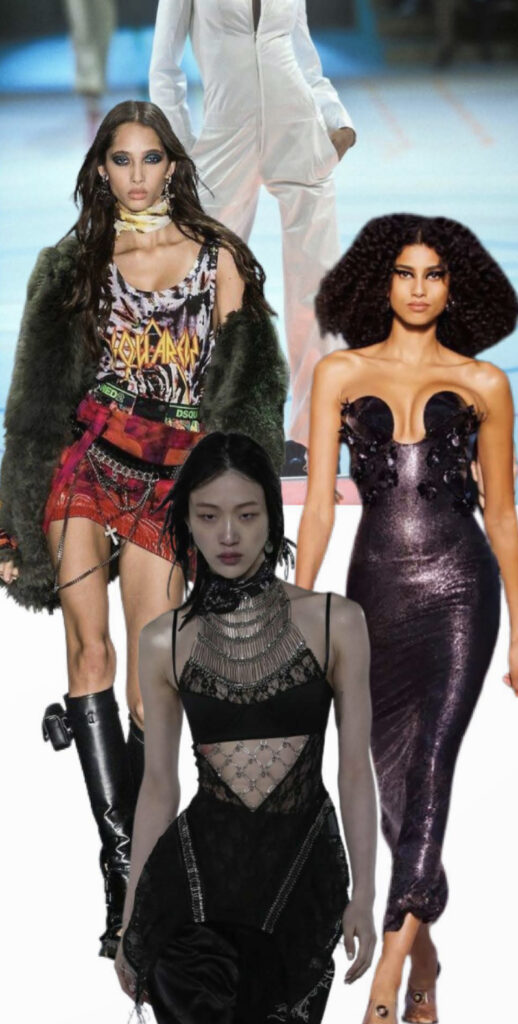
This high fashion runway nostalgia can be attributed to various factors, including a shift in high fashion runway representations that are now more inclusive and less dominated by ‘icon’ control. Where models once earned their careers through self-effort, there’s now a sense that anyone can conquer the catwalks. Not everything was so good in the past, with more tolerance for homophobia, fatphobia, racism, and sexism, and many models were harassed and controlled. Add to that the Heroin Chic movement, glamorizing drug and alcohol abuse. But it must be agreed that the shows were more about fantasy, art, and talent, and less about nepotism and privilege.
Fashion is no longer just about entertainment but about money. Since TikTok has coined so many celebrities, designers are now inviting popular creators like Addison Rae at Givenchy or Wisdom Kaye at Ralph Lauren to sit front row at their shows. “A lot of brands are really utilizing these celebrities, especially young people – so TikTok stars who traditionally wouldn’t be in the high fashion runway space are being invited to a lot of different shows because they get attention,” says fashion stylist Alyssa Mosley, to ELLE. But we still have a glimmer of hope. With the growth of diversity – though it’s not enough yet – contemporary talent has brought back the feeling of a real catwalk, like in the old days. Even with all the charm of the ’80s/’90s, considering the positive and negative aspects of that era is essential to envisioning the future of fashion. This also opens up questioning to position ourselves in pursuit of authentic talent for a new era, so that the modeling profession is truly valued – and not overshadowed by empty icons.
